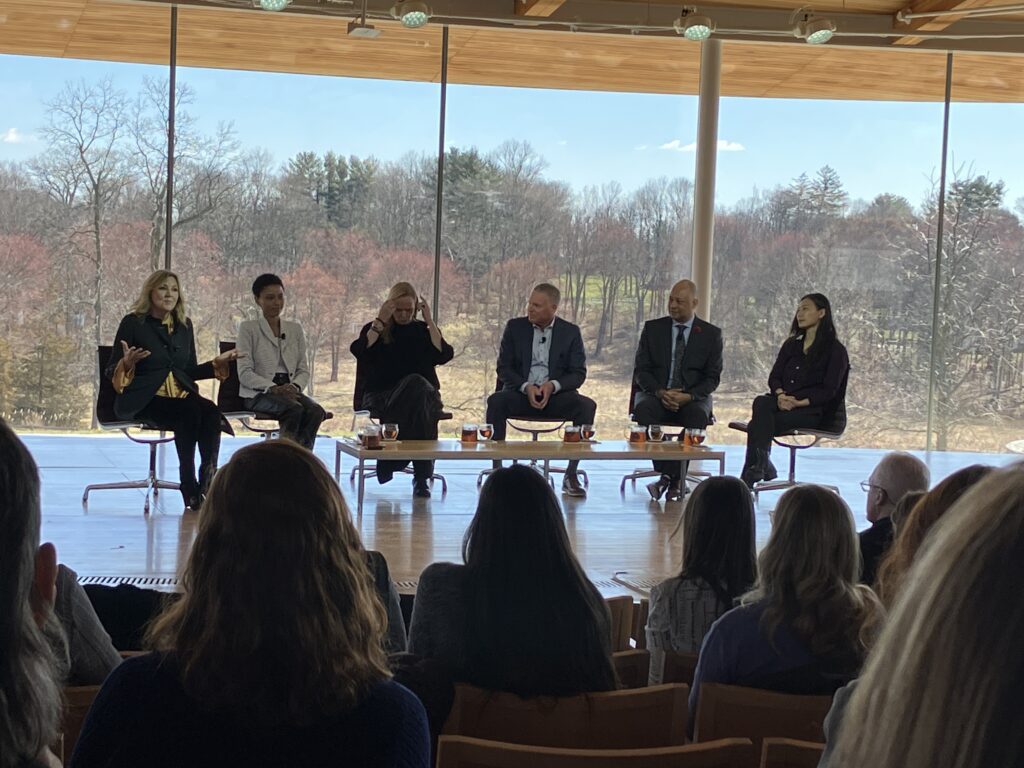Ethical Building Materials
How to support more ethical, equitable, and responsible building supply chains and labor practices.
View PostPrincipal Justin Crane, FAIA, and Associate Douglas Flandro, LEED AP BD+C ID+C, CPHC, attended the annual Design for Freedom Summit at Grace Farms to learn more about using ethical supply chains in architecture and construction – an increasingly concerning topic as the industry learns more about where our materials are sourced. Justin recently posted an article about the importance of ethical construction supply chains and labor forces and we wanted to share some of the key takeaways raised by our colleagues at the conference to continue drawing attention to this critical issue.

Top Takeaways From the Summit
Architecture can be a driver for humanitarian outcomes. By ensuring that workers are paid fairly and that materials used in building construction are not derived from forced or from child labor, we can make a difference in the world. We should no longer be willing to take the “slavery” discount.
It is time for action now!
Five Ways Architects Can Support a More Ethical Supply Chain
To learn more about the Summit and other ways that industry leaders are advancing this movement, read on!
How to support more ethical, equitable, and responsible building supply chains and labor practices.
View PostAssociate Principal Justin Crane, FAIA explains recent changes to the AIA Code of Ethics and how those changes reflect our evolving societal topics.
View Post